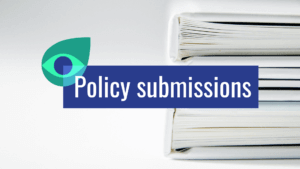Anja Kollmuss, CDM Watch December 2011
Introduction
To date, 42 developed countries (Annex 1) have submitted pledges. Fulfilment of the developed country pledges is projected to reduce emissions by up to 4 billion tons (Gt) CO2e in 2020 from “business as usual” (UNEP 2010). This is about one third of the estimated 12 GtCO2e of emissions reductions that would be needed to remain on a path consistent with keeping warming below 2°C (UNEP 2011). Unfortunately, weaknesses in international emissions accounting could substantially weaken these already insufficient pledges, negating much if not all of their intended emissions benefits. In this paper, we address the following five “loopholes” in the existing negotiation framework, examine their impact, and list possible policy solutions to close them:
- Hot Air – surplus allowances (AAUs) from the first commitment period.
- LULUCF weak accounting rules
- CDM credits that do not represent real emissions reductions.
- Double counting of emissions reductions
- Emissions from International aviation and shipping
In this analysis, we compare the cumulative emissions reduction that could be achieved by the current pledges with the cumulative size of the loopholes. We translated the pledges into a commitment period from 2013 to 2020, the year used in the submitted pledges. Under such an 8 year commitment period the current pledges of 42 Annex 1 (A1) countries translate to approximately 18 Gt of cumulative emissions reductions by 2020. Table 1 and Figure 1 show the estimated cumulative size of the loopholes by 2020.


